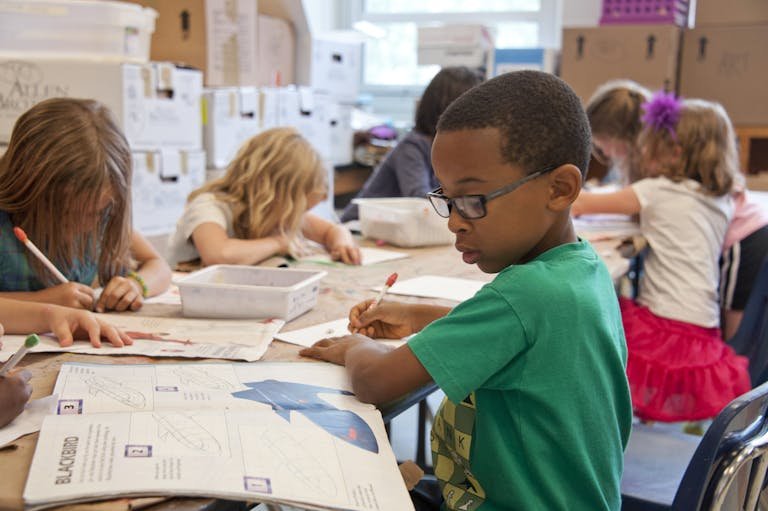
Okay, let’s switch gears and talk therapist-to-therapist, or therapist-to-parent-who-feels-like-a-therapist-sometimes, about those moments where a skill feels just out of reach. You know the feeling – you’re working with someone, whether it’s a client or your own child, and a task like picking up something small is just… a struggle. The tiny muscles aren’t cooperating, the hand-eye coordination is wobbly, and frustration starts to bubble up.
It’s in these moments that we need our trusty tools and, honestly, a little bit of magic from our behavioral toolkit. One of my absolute go-to’s? Simple tweezers and a collection of tiny treasures.
Tweezers, Treasures, and Taking On Tiny Tasks
Let’s be real, working on fine motor skills can be tough. Zippers, buttons, writing, using utensils – they all rely on those small, precise movements that some brains just aren’t wired for automatically. It takes practice, practice, and more practice. But “practice” shouldn’t be synonymous with “pain” or “boredom.”
That’s where the humble tweezer comes in. Grabbing objects with tweezers targets that essential pincer grasp (thumb and index finger working together – crucial!), builds hand strength, and helps wire that connection between what the eyes see and what the hands do. Pom-poms, beads, dry pasta, small blocks… anything small and pick-up-able becomes your material.
But here’s the scoop, the thing that makes this really work, especially when it’s hard: breaking it down.
The Power of the “Almost”: Making Approximations Your Best Friend
You know this in your gut as a therapist or a dedicated parent, right? You don’t teach a kid to read by handing them War and Peace. You start with letters, then sounds, then simple words. It’s the same with motor skills.
We call these “approximations” in the behavior world. It’s about reinforcing any behavior that gets us closer to the goal, even if it’s not the perfect final skill yet. It’s about meeting the person right where they are and building from there.
When the goal is “pick up a bead with tweezers and put it in a cup,” and that feels overwhelming, here’s how we apply the “almost” rule:
- Start BIG: Ditch the beads. Use large, squishy pom-poms or cotton balls first. They’re easier to grip and less likely to roll away. The approximation is just squeezing the tweezers and making contact.
- Shorten the Journey: Put the target container right next to the objects. The approximation is picking it up and dropping it almost immediately. Forget carrying it across the table for now.
- Vary the Tool: Not all tweezers are created equal! Some require less pressure, some have bigger tips. Find the easiest ones to start. The approximation is successful squeezing with any tool.
- Reinforce the “Try”: Did they just touch the object with the tweezers? YES! Great try! Did they manage to squeeze the tweezers even without grabbing anything? FANTASTIC SQUEEZE! Reinforce the attempt and the small movements that are steps towards the goal.
- Lend a Hand (and Fade): Sometimes, a little hand-over-hand guidance helps them feel the motion. Gently guide their hand to squeeze and pick up. As they start to get it, lighten your touch, then just tap their elbow, then just point. Fade that support as quickly as they can manage. The approximation is completing the motion with your help.
It’s all about finding that next achievable step and celebrating it like it’s the winning lottery ticket. Because in that moment, for that individual, it is a huge win!
Keeping the Smiles and Shaking Off the Frustration
Look, we’ve all been there. You introduce an activity, and within minutes, the frustration monster appears. Things are thrown, hands are swatted away, and the learning moment evaporates. This is where our flexibility as therapists (and parents wearing that hat!) is key.
Pushing through intense frustration rarely works. It can actually make the individual not want to try the activity again. Instead, see frustration as a signal. It’s okay, and often necessary, to pivot.
“Okay, I see this feels really hard right now. Let’s put the tweezers away for a bit and try [something completely different and enjoyable, like bubbles or a favorite sensory toy].”
The trick is to always plan to come back. Maybe it’s later in the session for just a minute, or maybe it’s tomorrow. When you return, start with an approximation you know they can do easily. Rebuild that confidence immediately.
And when they do try again, even if it’s just picking up one pom-pom or attempting a squeeze, shower them with genuine, specific praise. “You came back to try again! That’s awesome!” or “Look at that strong squeeze! You got it!” We are reinforcing their persistence and courage just as much as the motor skill itself.
Your Superpowers: Praise, Patience, and Persistence (Yours!)
Your presence, your patience, and your positive energy are the most valuable tools in this process. Your calm demeanor when things are tough, your genuine excitement at small successes, and your consistent belief in their ability make all the difference.
Short, frequent practice sessions are generally more effective than long, drawn-out battles. Find moments throughout the day or session to sneak in a few minutes of tweezer fun.
Try This in Your Next Session (or at Home!)
Want to see the power of approximations and flexible pivoting in action? Here’s a quick experiment:
- Grab your tweezers and some objects. Have a variety on hand (large, small, squishy, firm).
- Introduce the tweezers and the easiest object first. Set a super achievable goal (like just picking up one large pom-pom).
- Focus intensely on providing specific praise for any step towards that goal: squeezing, touching the object, lifting slightly, dropping it near the container.
- Watch for signs of frustration. If you see them, calmly say something like, “Looks tricky! Let’s try [easy, fun alternative]!” Make the switch without fuss.
- Later in the session (or day), reintroduce the tweezers and start again with an easy step. Praise them specifically for trying again.
- Notice: Did breaking it down and allowing a break make the overall experience more positive? Was the individual more willing to try again after a pause?
Building skills, especially fine motor ones, is a marathon, not a sprint. It’s filled with ups and downs. By focusing on those crucial small steps, keeping the atmosphere light and fun, and being flexible when frustration hits, you’re not just teaching a skill – you’re fostering resilience, building confidence, and strengthening that incredible connection you have. Keep up the amazing work!









